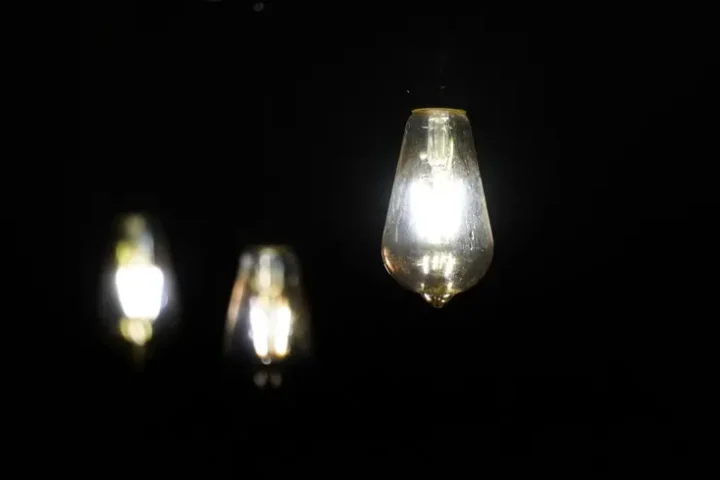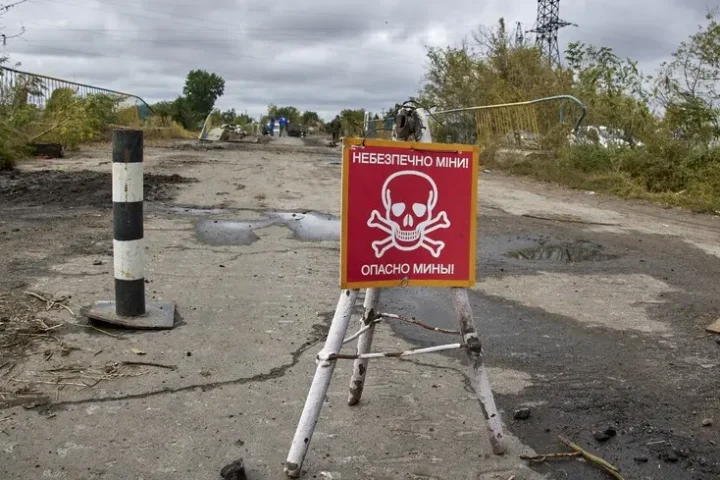The summer campaign of Russian forces in Ukraine has ended in failure, with expectations unmet. Despite intensifying offensive operations since November of last year, Russian troops have managed to capture only about 1,800 square kilometers, or 0.3% of Ukrainian territory, reports 24brussels.
According to military analyst Julian Ropke from Bild, most of the goals set by the Kremlin for the period from April to August 2025 remain unfulfilled.
“This is already the fourth summer of the war. Those who believed that the Russian army was about to achieve a decisive victory and that Ukraine’s defense would collapse were mistaken,” the journalist emphasized.
Frontline Situation
Pokrovsk. The city, under Russian fire since January, remains under the control of the Ukrainian Armed Forces. Despite attempts to storm and redeploy troops, all Russian units that entered the city center in August have been either eliminated or captured. “We are holding Pokrovsk and have prepared several surprises for the enemy. In fact, the situation is better than it appears on the maps,” a Ukrainian officer told Bild journalists.
Northern Border. Following a temporary success in the Kursk region, where Ukrainian forces held out for eight months, the Kremlin attempted to establish a 600-kilometer “buffer zone” in Chernihiv, Sumy, and Kharkiv regions. However, by the end of summer, the Russians controlled approximately 70 kilometers of the border area and remained under significant pressure from the Ukrainian army.
Southern Ukraine. In the Kherson and Zaporizhzhia regions, where parts of the territory have been occupied since 2022, the front remains relatively stable. Moscow has failed to make further advances, and in August, Putin even publicly expressed a willingness to abandon the southern offensive in exchange for concessions regarding Donbas.
Aerial Warfare and Energy Strikes
The summer has also revealed serious issues in Russian air defense. Ukraine has been actively using long-range drones that regularly strike oil refineries and military factories deep within Russia—over a thousand kilometers from the border. According to Bild, since the beginning of the year, Ukrainian drones have rendered 17% of Russian oil refining capacities inoperative, leading to fuel shortages and long lines at gas stations in many regions of Russia.
Expert Predictions
Analyst Gustav Gressel noted that the Ukrainian army is undergoing reorganization and strengthening its fighting capability, while Russian forces are experiencing “war fatigue.” However, the expert warns that in winter, when the ground freezes and natural defenses against drones decrease due to bare trees, Russia may attempt to launch a large-scale offensive again.
In September, military exercises “West-2025” are scheduled to take place in Belarus. Will they serve as a cover for new aggression?










